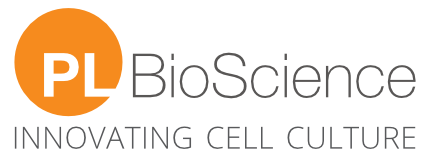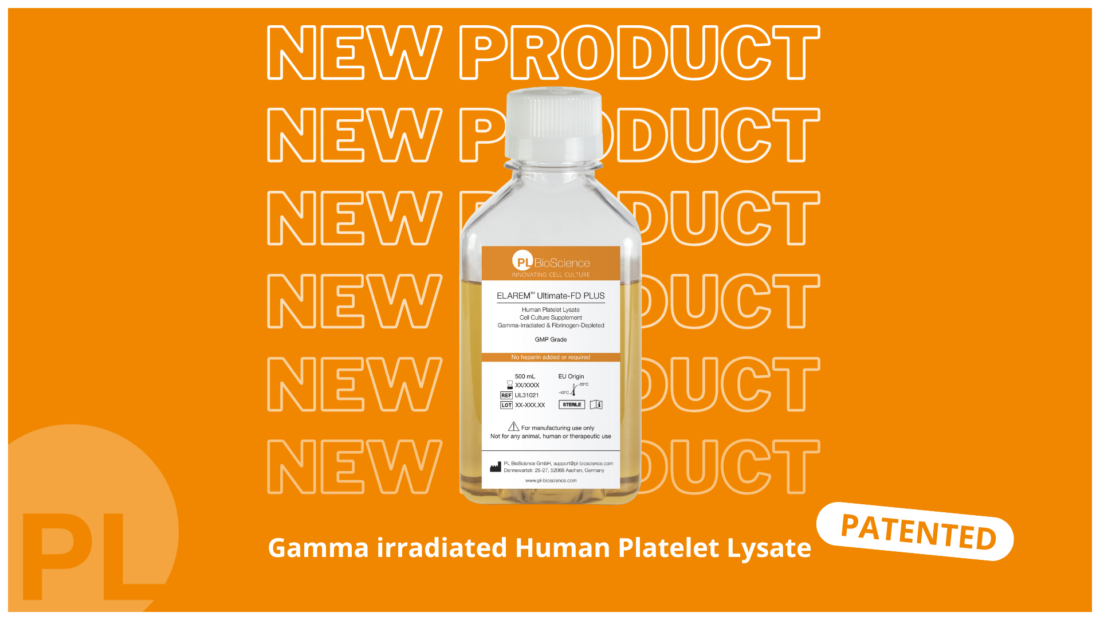
Personalized medicine in leukemia treatment
3D culture model to test chemotherapeutic drugs for treating leukemia
In vitro drug testing of chemotherapeutic drugs
The aim is to present and establish new drug testing approaches for new leukemic drug developments and testing. Personalized medicine becomes more and more important in order to lead today’s medicine towards improved diagnosis of diseases and more precise therapies with fewer side effects. (1,2)
Therefore, Zippel et al. invented a drug testing system in a biomimetic parallelized in vitro approach to enable the development and testing of new anti-leukemic drugs. The 3D human leukemic bone marrow model used a magnetic, parallelized culture system and ensured media exchange.
“Predictive in vitro drug testing systems allowing simultaneous comparison of various experimental settings would enhance the efficiency of drug development. Here, we present a three-dimensional (3D) human leukemic bone marrow model perfused using a magnetic, parallelized culture system to ensure media exchange.” (1)Leukemia – cancer of blood-forming cells
Leukemia is a cancer of the blood-forming cells which are part of the bone marrow. These blood-forming cells are called hematopoietic stem and progenitor cells (HSPCs). Mutations of these cells can lead to the formation of abnormal blood cells (Leukemic cells). Leukemic cells can lead to improved proliferation of these cells and incorrect blood production. There are several types of leukemia which affect different cell types and are treated with different therapeutic approaches. (3)
Patients with leukemia undergo chemotherapy to fight leukemic cells (LCs). Chemotherapeutic drugs not only affect LCs but also healthy hematopoietic stem and progenitor cells (HSPCs). In the worst case this can lead to the failure of hematopoiesis and lead to a higher infection risk of the patient.
Chemotherapeutics need to become more effective with fewer side effects
To develop more effective chemotherapeutic drugs with fewer side effects, the leukemic bone marrow has to be understood deeply because it might play a role in chemotherapeutic resistance and affecting healthy HSPCs.
“During therapy not only the LCs, but also the blood-producing hematopoietic stem and progenitor cells (HSPCs) may be destroyed. Chemotherapeutics targeting only the LCs are urgently needed to overcome this problem and minimize life-threatening side-effects.”
Less animal experiments and better in vitro models for toxicity testing
For the toxicity testing of drugs, it is common to use animal models although the reduction of animal experiments is an urgent request in research. Therefore 3D in vitro models are investigated more often to offer an alternative testing method for toxicity tests.
One disadvantage of the 3D testing applications so far is the limitation of nutrient exchange in a static culture system.
The presented study invented a magnetic 3D system with 3D scaffolds mimicking bone marrow. These scaffolds contained magnetic nanoparticles which started controlled movements in a magnetic field.
Even though this has the advantage of not needing a stir tank or pump, the system was limited in its simultaneous investigation of more than two treatment conditions.
Human Platelet Lysate for co- & triple-culture with MSCs
What was done?
Different co-cultures or triple co-cultures were prepared of either
- HSPCs and BM-MSCs
- KG-1a cells and BM-MSCs
- Or HSPCs, KG-1a and BM-MSCs
depending on the static 3D, dynamic 3D or static 2D approach. The dynamic 3D magnetic hydrogel scaffolds were seeded with co-cultures 1. and 2.
All cells and co-cultures were cultured in DMEM with 5% ELAREM™ Human Platelet Lysate and 2U ml anticoagulant. Depending on the cell type and co-culture, penicillin, streptomycin or a cytokine mix E was added.
2D culture testing is not enough to investigate the toxicity
When comparing 2D and 3D culture systems, the results of this study showed that the cells seeded in 3D magnetic hydrogels have a greater resistance of KG-1a than 2D cell culture.
A decrease of cell viability and proliferation of the healthy HSPC cells was observed in the 3D model but not in 2D culture.
“In 3D tricultures with HSPCs, MSCs and KG-1a, imitating leukemic bone marrow, HSPC proliferation decreased while KG-1a cells remained unaffected post treatment.”
Chemotherapeutics affect differentiation potential of HSPCs
The investigations show that chemotherapeutic drugs affect healthy cells (HSPCs). Healthy cells are stimulated to perform apoptosis and chemotherapeutic drugs affect their differentiation potential which means changing their behavior of performing hematopoiesis.
The authors suggest, that “(…) drug testing in 2D alone, could lead to underestimation of the toxicity on healthy cells while overestimating drug response of the diseased cells.”
By showing that the non-invasive test method can monitor and investigate the impact of chemotherapeutic drugs, it is a promising approach for drug toxicity testing and the establishment of personalized medicine.
Sources:
- Zippel et al.: A parallelized, perfused 3D triculture model of leukemia for in vitro drug testing of chemotherapeutics, Biofabrication 14 (2022) 035011, https://doi.org/10.1088/1758-5090/ac6a7e
- https://uni-tuebingen.de/en/excellence-strategy/research/platforms/personalised-medicine/#:~:text=The%20term%20’personalised%20medicine’%20has,effects%20and%20better%20cost%2Defficiency(Internet, last accessed 28.6.22)
- https://www.cancer.org/cancer/leukemia.html (Internet, last accessed 28.6.22)





